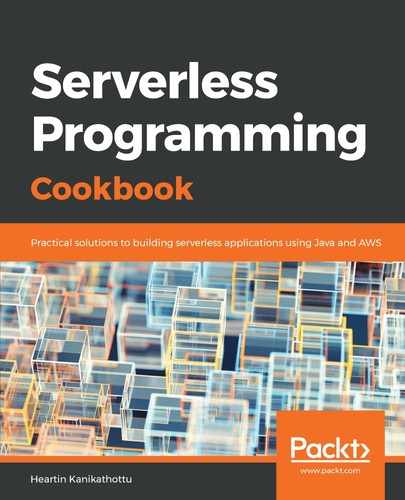Cloud computing introduced a pay-per-use model and abstracted physical servers with virtual machines and managed services. Cloud computing execution models include Infrastructure as a Service (IaaS), Platform as a service (PaaS), Software as a Service (SaaS), and Serverless computing (or Function as a Service (FaaS)).
IaaS provides services that form the basic building blocks of cloud computing, such as virtual machines, storage, network, and so on. PaaS provides platforms on which we can develop applications such as execution runtime, databases, web servers, and so on. Saas provides completed software that we can use for various needs such as Gmail's email service.
Serverless computing allows us to run functions (code) without worrying about servers and pay only for the time we execute code. Despite the name, servers are still present, however, the provider does all the server management including starting and stopping them to serve requests, patching and more. Serverless computing comes roughly in between PaaS and SaaS.
